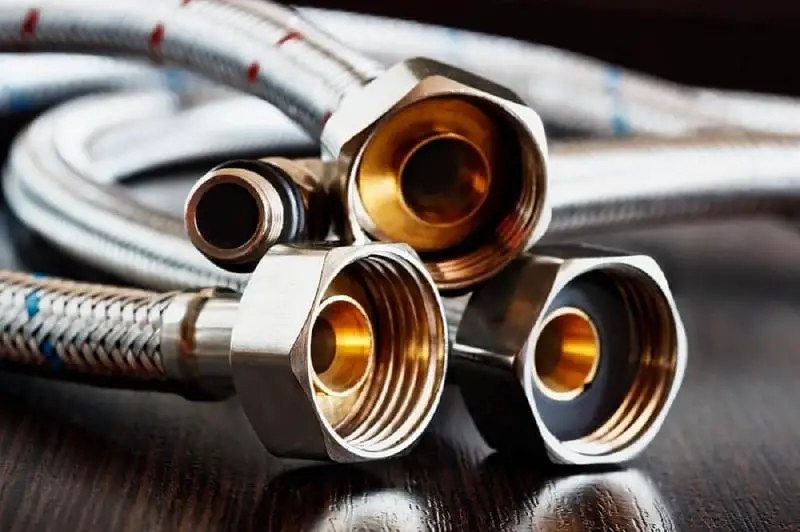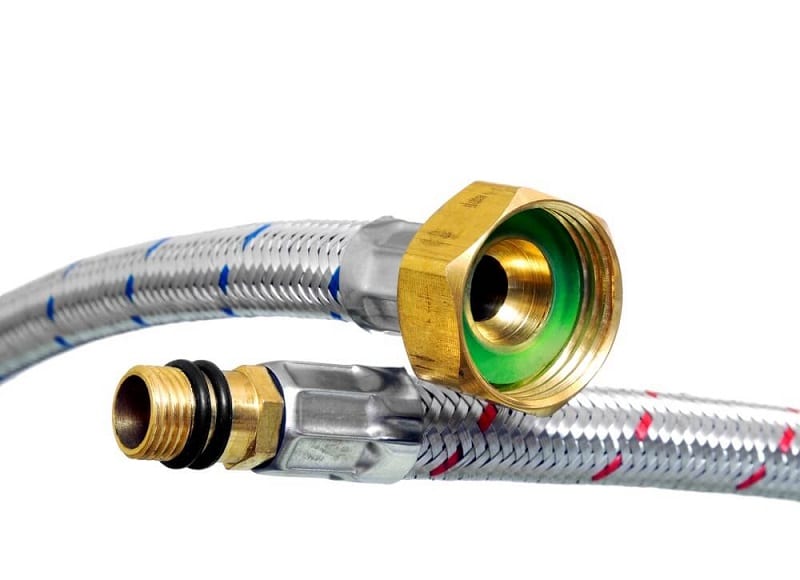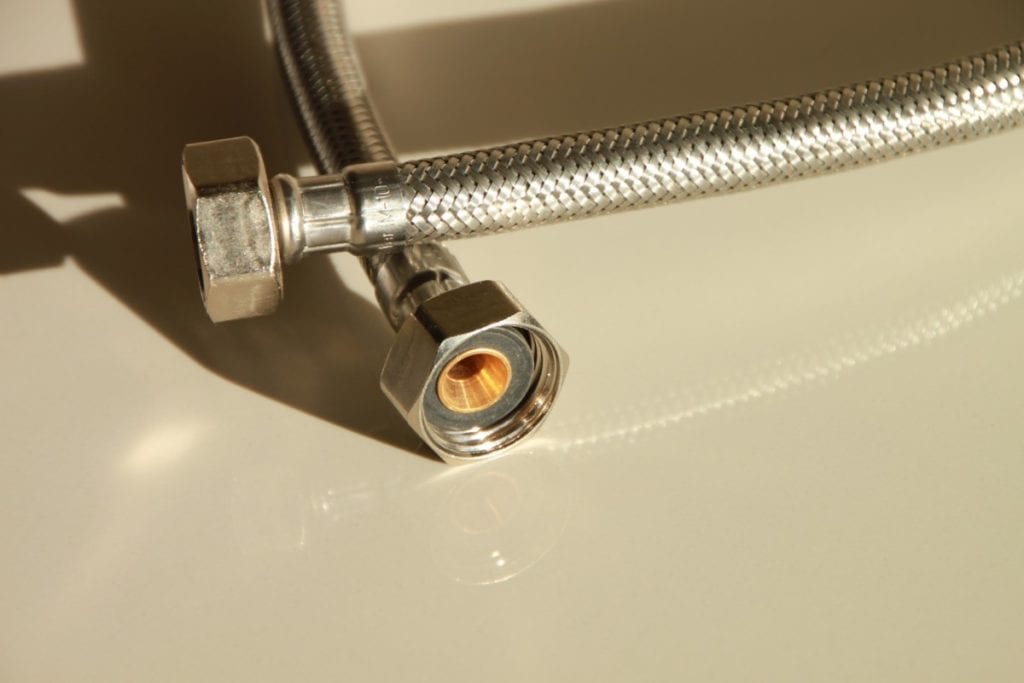The little tube costs as little as $10 and is coiled beneath countless thousands of household kitchens and bathroom sinks. They have become so ubiquitous that we’ve all seen them.
When builders began using braided flexible hoses 15 years ago, the device was trumpeted as a low-cost, state-of-the-art alternative to rigid pipes.
But in the years since, manufacturers have been plagued by shoddy designs and weak quality control, costing unlucky homeowners thousands of dollars in damage.
Faulty flexi hoses have prompted Australians to file nearly 10,000 claims with just one insurer, the Royal Automobile Club of Queensland (RACQ), over the past three years.
The hoses accounted for more than one in five water damage claims lodged by Australian households in 2016.

“Prone to Bursting”
RACQ data reveals a common cause were burst pipes and hoses, many of which were connected to dishwashers and taps. A damaged hose can cause extensive damage to a home. The cost of the average claim has jumped by 20 percent, according to some estimates.
The hoses, manufactured by a range of companies, have a limited life span. A decade after a house is built, the risk of a hose bursting increases significantly, say researchers.
“Most home owners don’t realize this particular product is prone to bursting and needs to be replaced, otherwise it might result in a serious leak,” says RACQ spokesperson Lucinda Ross.
The damage can be extreme, with water flooding your house in a matter of seconds, leading to ruined cabinets, walls, and floors, among others. In some cases, for example, if the pipe burst when no-one was home, the flooding can be so bad it can render a home uninhabitable.

How to Avoid Water Damage
“It’s important to get under the sink or ask a plumber to check whether you have a flexi hose installed and if it’s nearing expiry,” says Ross. “By doing a few simple checks you can reduce your risk of encountering a waterlogged home.”
Experts have urged consumers to ensure that all new flexi hoses come with an extended warranty period.
The warning signs for faulty flexible hoses include rust spots, bulging sections on the metal exterior, and fraying or kinking.
If you have flexi hoses in your home or are installing new ones, ensure they are checked and fitted by a professional plumber.
If you store chemicals under your sink, you could be putting your hose at risk of damage before the expiry date. Those chemicals can sometimes be corrosive. Check for the expiry date on the collar of pre-existing hoses.
Make a regular inspection of your flexi hoses part of your home maintenance routine. Feel along the outer casing for any signs of damage. If you suspect a fault, contact a plumber immediately.
The Australian Building Codes Board has required WaterMark certification for flexi hoses for the past 11 years. Documentation on how many were certified before that time is scarce.
Regardless of where you live – America, Europe, or Oceana, you face the same risks. Check and be safe. No-one is going to enjoy getting out of bed to discover they are stepping in water!






